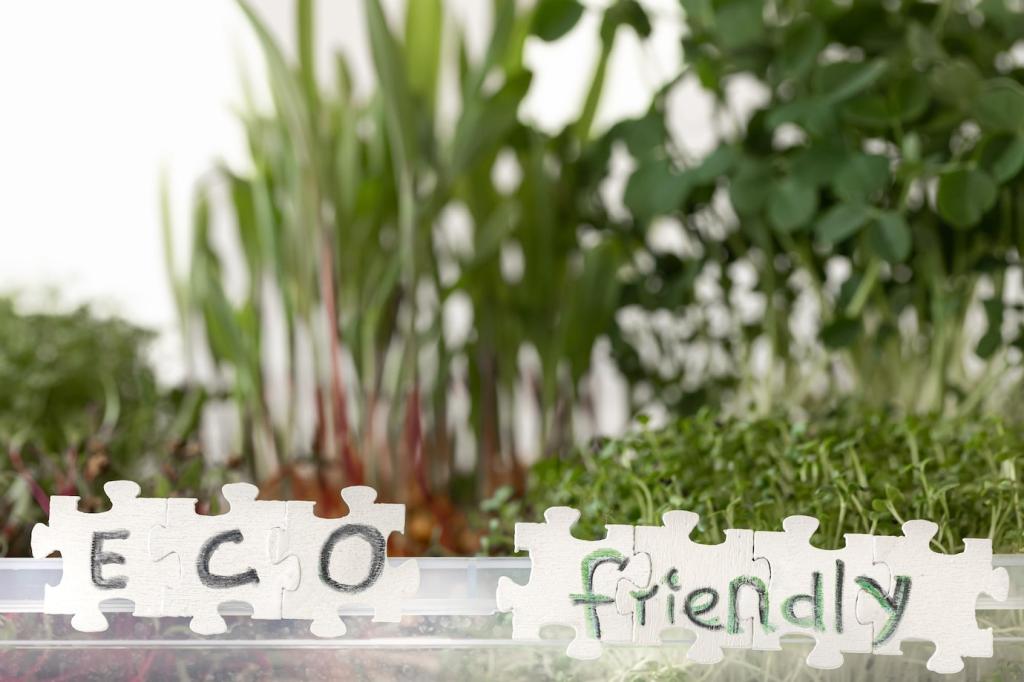Finding and Evaluating Salvaged Materials
Ask where the material lived before you rescued it. Former exterior trims may hide lead paint; barn wood can harbor insects; pallet stamps reveal chemical treatments. Carry a magnet, lead test swabs, and a flashlight. Curiosity protects your health, your tools, and the integrity of your finished furniture.
Finding and Evaluating Salvaged Materials
Measure moisture content before cutting, especially with reclaimed lumber. Aim for equilibrium with your workshop environment to reduce warp and twist. Sticker-stack boards, allow airflow, and wait patiently. That extra week of acclimation often saves hours of rework and keeps panel glue-ups stable for years.




